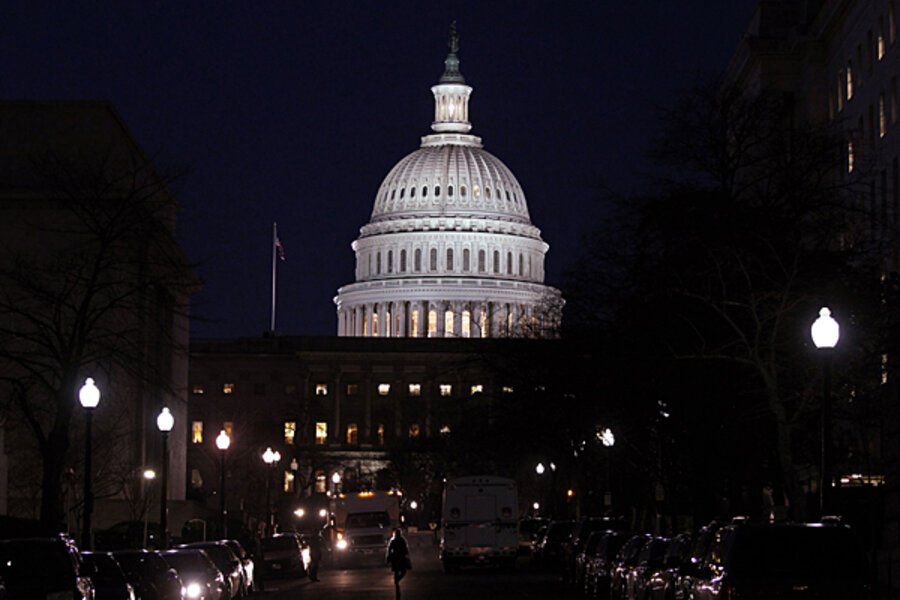This particular Washington doozy came out of another conflagration – the debt-ceiling fight of 2011. Republicans, fresh off their electoral landslide in the 2010 midterms, demanded $1 in spending reductions for every $1 increase in the federal debt ceiling.
The messy negotiations that ensued buried the stock market and undermined consumer confidence, but policymakers did, in the end, hatch a plan to raise the US borrowing limit.
More specifically, Congress and President Obama agreed to the Budget Control Act (BCA), which matched some $2.4 trillion in debt-ceiling hikes with a similar amount of deficit reduction over the next decade.
Of the total deficit reduction, $900 billion was to be achieved through spending caps affecting all government functions outside of entitlement programs. For the rest, Congress was to explicitly decide on how to make the reductions through a bipartisan commission of lawmakers known colloquially as the “supercommittee.” That group was supposed to cut $1.2 trillion but also had a goal of $1.5 trillion, with the possibility of going even higher.
Vested with immense power and special rules for moving its recommendations through Congress, the committee did what Congress does frequently of late: stalemated and failed.
That triggered the BCA’s backup plan: the sequester. This is $1.2 trillion in automatic, across-the-board reductions in nearly all government operations over the next decade.
These cuts were supposed to be so painful and so stupid that they would act as an incentive for the supercommittee to come to a deal. Apparently, lawmakers overestimated the painfulness of the reductions or underestimated their own fecklessness.
The sequester was set to go into place on Jan. 1 of this year, but lawmakers found some $24 billion in reductions (a 50-50 mix of specific cuts and new tax revenue) to delay it until March.
And thus, here we are.





